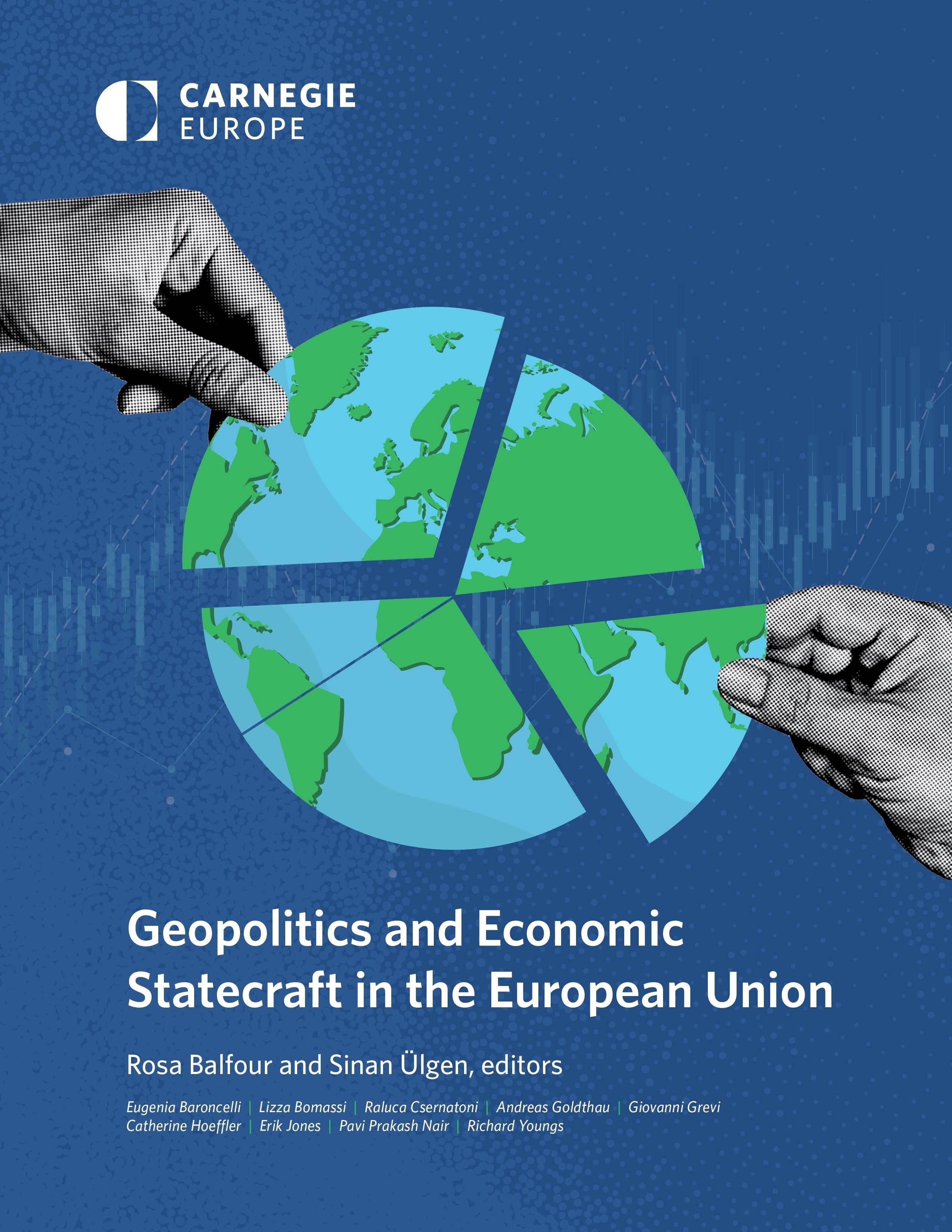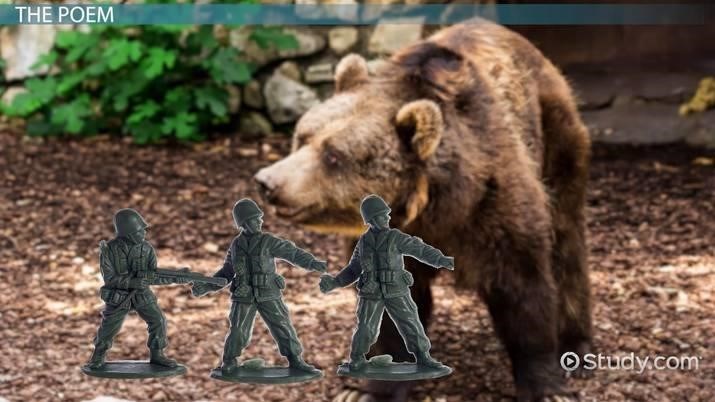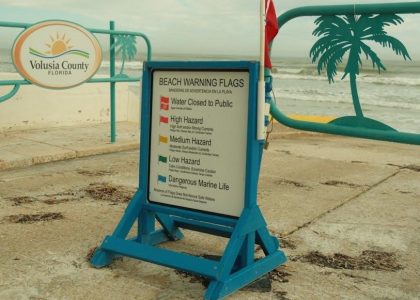And Then There Were None⁚ Character Overview
This overview presents a concise character chart for Agatha Christie’s And Then There Were None. A downloadable PDF character chart is unavailable at this time‚ but online resources offer comprehensive character lists and analysis tools‚ including detailed profiles of Justice Wargrave‚ Vera Claythorne‚ Philip Lombard‚ and others involved in the island’s deadly game.
Major Characters and Their Accusations
Agatha Christie’s And Then There Were None features ten individuals‚ each summoned to Soldier Island under mysterious circumstances. Each character harbors a dark secret‚ a past transgression that makes them a potential victim and suspect. Justice Wargrave‚ a retired judge‚ stands accused of sentencing an innocent man. Vera Claythorne‚ a former governess‚ is implicated in the drowning death of her young charge. Philip Lombard‚ a mercenary‚ is accused of abandoning his men to die in the desert. Dr. Armstrong‚ a Harley Street physician‚ is suspected of causing a patient’s death through negligence. Emily Brent‚ a devout woman‚ is blamed for the death of her former maid. William Blore‚ a detective‚ is implicated in framing an innocent man. The Rogers‚ a married couple‚ are accused of murdering their previous employer. Anthony Marston‚ a reckless young man‚ caused a fatal accident. General MacArthur is haunted by his role in a war crime. The accusations set the stage for a deadly game of retribution on the remote island.
Character Profiles⁚ Justice Wargrave‚ Vera Claythorne‚ Philip Lombard
Justice Lawrence Wargrave‚ a recently retired judge‚ is depicted as an intelligent‚ commanding figure with a hidden‚ manipulative nature. His meticulous planning and calm demeanor mask a sinister purpose. Vera Claythorne‚ a young woman haunted by a past tragedy‚ is presented as vulnerable yet resilient. The guilt she carries over a child’s death weighs heavily upon her. Philip Lombard‚ a hardened adventurer‚ is portrayed as ruthless and self-serving‚ his past actions revealing a disregard for human life. These three characters represent different facets of guilt and morality‚ their backgrounds and personalities playing crucial roles in the unfolding events of Christie’s suspenseful novel. Each is carefully crafted to contribute to the complex web of secrets and accusations that drive the narrative.
Character Relationships and Dynamics
The relationships in And Then There Were None are initially defined by suspicion and distrust‚ as each guest harbors secrets and accusations. While some characters share brief moments of camaraderie or tentative alliances‚ underlying tensions and past grievances constantly simmer. The dynamics shift dramatically as the murders unfold‚ forcing characters into unexpected pairings and confrontations. Initially strangers‚ their interactions are shaped by fear‚ paranoia‚ and the desperate search for a killer amongst them. These evolving relationships are a key driver of the plot‚ influencing both individual actions and the overall trajectory of the story. The isolation and pressure of the island setting exacerbate these already fragile connections‚ leading to unpredictable and often volatile interactions.

Analyzing the Characters
Delving into the complexities of each individual reveals their motivations‚ secrets‚ and the impact of their past actions. A deeper analysis illuminates their psychological journeys and transformations throughout the unfolding events on Soldier Island.
Motives and Backstories
Understanding the characters’ motivations requires exploring their individual pasts. Justice Wargrave‚ a retired judge‚ harbors a dark secret—a past conviction of an innocent man‚ fueling his twisted sense of justice. Vera Claythorne‚ haunted by a tragic accident involving a child under her care‚ carries immense guilt. Philip Lombard‚ a mercenary‚ is burdened by the deaths of numerous individuals in a past expedition‚ revealing a callous disregard for human life. Each character’s backstory is meticulously woven into the narrative‚ providing crucial context for their actions and reactions within the confines of the isolated island setting. The weight of their past mistakes‚ concealed and revealed‚ drives their behavior and contributes to the unfolding horror. Exploring these individual narratives is essential to understanding the complex web of guilt and retribution that propels the plot forward. The interplay between their hidden motives and their outwardly presented personas forms the chilling core of Christie’s masterful suspense.
Character Arcs and Transformations
The characters in And Then There Were None undergo significant transformations throughout the narrative‚ though these changes are often subtle and revealed through their actions rather than explicit statements; Initially‚ many characters present a façade of composure‚ masking their inner turmoil and guilt. However‚ as the deaths mount and the tension escalates‚ their true natures begin to emerge. Some characters display surprising resilience and strength in the face of unimaginable horror‚ while others succumb to fear and paranoia. The isolation and the constant threat of death strip away their carefully constructed personas‚ revealing vulnerabilities and unexpected depths. The process of witnessing their fellow guests perish forces a confrontation with their own mortality and the consequences of their past actions; This gradual unraveling and subsequent transformation are key elements in understanding the psychological impact of the island’s deadly game and the ultimate resolution of the mystery. The characters’ journeys from initial composure to their eventual fates highlight Christie’s exploration of human nature under extreme pressure.
Thematic Significance of Characters
And Then There Were None’s characters embody justice‚ morality‚ guilt‚ and redemption. Their interconnected pasts and the island setting amplify these themes‚ creating a powerful exploration of human nature and consequence.
Justice and Morality
The exploration of justice and morality forms a crucial thematic cornerstone in Agatha Christie’s And Then There Were None. The novel doesn’t shy away from presenting complex moral ambiguities. Each character is burdened by a past transgression‚ highlighting the subjective nature of justice and the blurred lines between right and wrong. The ten individuals‚ seemingly chosen at random‚ are each guilty of a crime‚ though the severity and nature of their offenses vary widely. This raises questions about the concept of retribution and whether a self-appointed judge‚ like the mysterious U.N. Owen‚ has the right to mete out punishment. The island setting becomes a microcosm of society‚ where the established legal system is absent‚ and a brutal form of vigilante justice takes its place. The characters’ reactions to their accusations and the unfolding events reveal their individual moral compasses‚ demonstrating the multifaceted nature of guilt and the varying degrees to which individuals confront their past actions. The narrative compels readers to contemplate the true meaning of justice and whether revenge offers true moral satisfaction.
Guilt and Redemption
In Agatha Christie’s And Then There Were None‚ the central theme revolves around guilt and the elusive possibility of redemption. Each character carries the weight of a past crime‚ a secret sin that haunts them. The narrative doesn’t offer easy answers regarding forgiveness or atonement; instead‚ it presents a complex exploration of how individuals grapple with their past actions. Some characters demonstrate genuine remorse‚ while others attempt to justify or minimize their culpability. The isolated setting of Soldier Island intensifies the psychological pressure‚ forcing characters to confront their inner demons and the consequences of their choices. The opportunity for redemption‚ however‚ remains largely unattainable within the confines of the deadly game. The novel’s chilling climax suggests that true redemption may be impossible‚ leaving the reader to contemplate the lasting power of guilt and the limitations of human atonement. The absence of a traditional path to redemption underscores the severity and permanence of the characters’ past actions.

Character Chart Resources
While a dedicated “And Then There Were None” character chart PDF is not readily available‚ numerous online resources provide comprehensive character lists and analysis tools. These tools can help in understanding the complex relationships and motivations within the story.
Where to Find Comprehensive Character Lists
Finding a readily available‚ single PDF file dedicated solely to a character chart for Agatha Christie’s And Then There Were None proves challenging. However‚ dedicated Christie fan websites and online forums often feature detailed character breakdowns. These resources usually provide individual character profiles‚ sometimes including images‚ and often delve into their backstories and motivations. Many websites offer summaries of each character’s role in the unfolding events on Soldier Island. Some sites even organize characters by their chapter appearances‚ allowing for a chronological study of their actions and interactions. These extensive character lists‚ though not in a single PDF‚ offer a rich alternative to a dedicated chart. Remember to cross-reference information from multiple sources for a well-rounded understanding. Searching terms such as “And Then There Were None character analysis‚” “Agatha Christie character guide‚” or “Soldier Island characters” will yield fruitful results. Be aware‚ some sites may contain spoilers if you haven’t read the novel yet.
Utilizing Online Character Analysis Tools
While a dedicated “And Then There Were None” character chart PDF might be elusive‚ numerous online tools can significantly aid in character analysis. Many websites offer interactive character maps or relationship diagrams‚ visually representing the connections between the individuals trapped on Soldier Island. These tools can be invaluable for understanding the complex web of relationships and how the characters’ pasts intersect. Some websites provide downloadable templates or spreadsheets that allow you to create your own customized character chart. These templates often include fields for essential details like character names‚ descriptions‚ motivations‚ and relationships. By inputting your own observations and interpretations‚ you can build a personalized resource. Furthermore‚ some online analysis tools offer functionalities to compare and contrast characters‚ highlighting similarities and differences in their personalities‚ backgrounds‚ and roles within the narrative. These digital tools provide a flexible and interactive approach to understanding the intricate character dynamics in Agatha Christie’s masterpiece.





